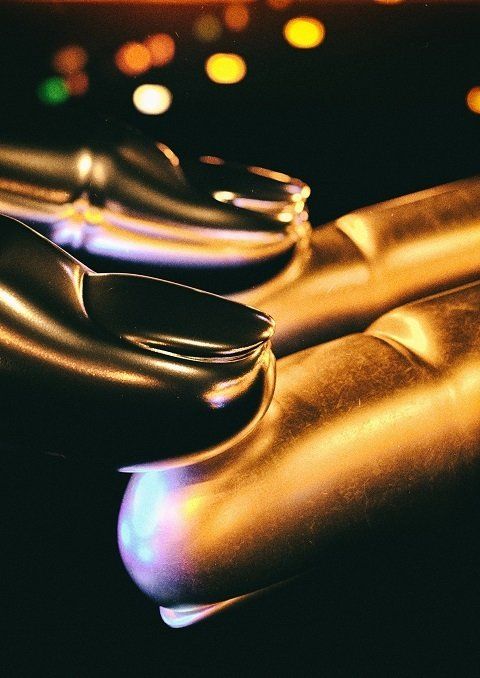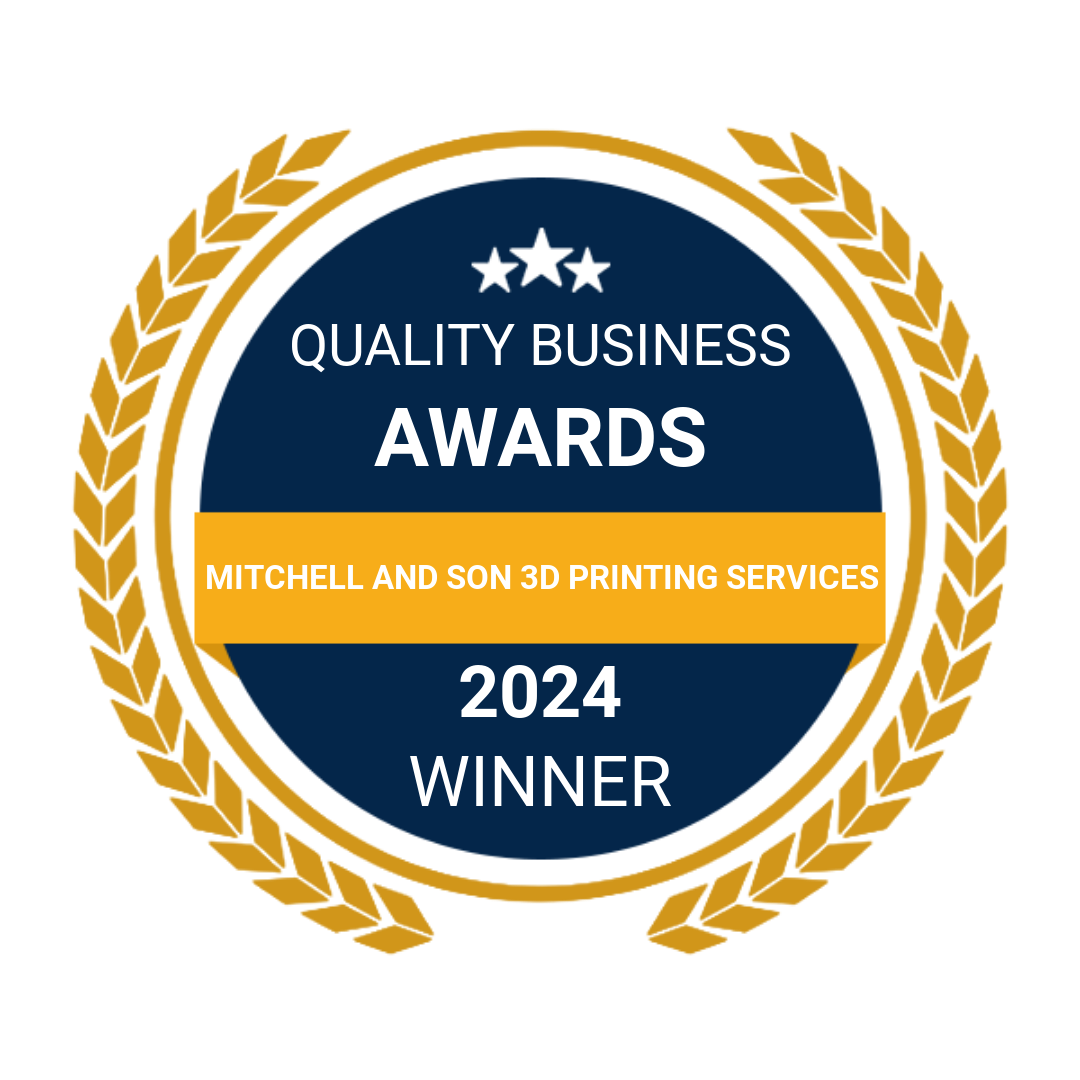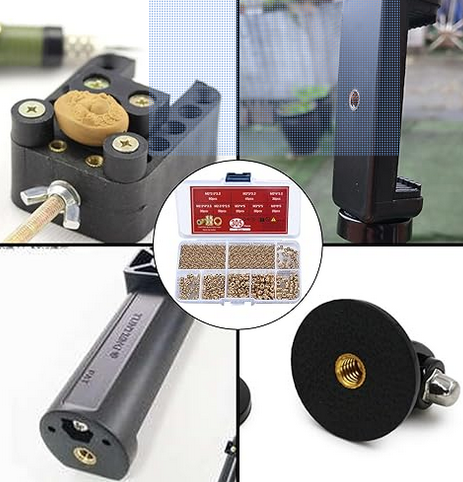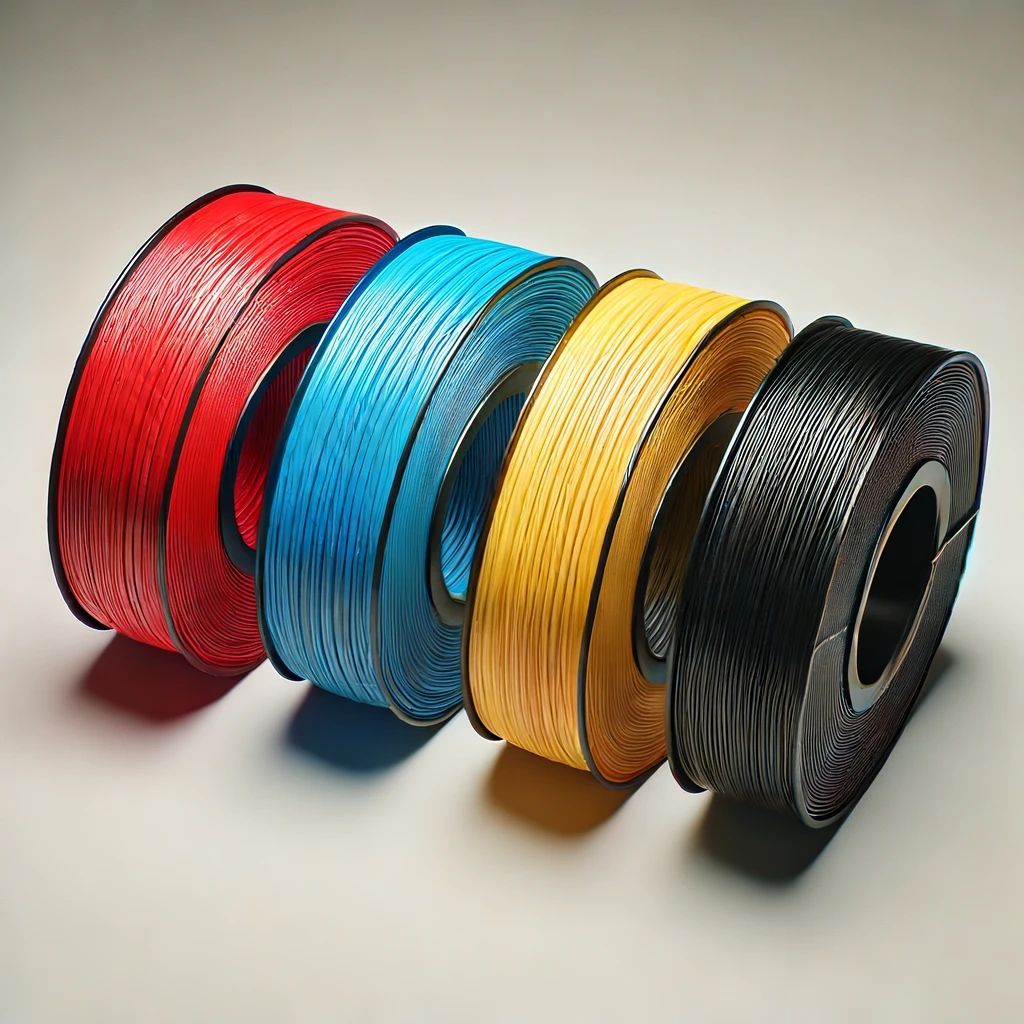Exploring the Latest Developments in 3D Metal Printing Technology
Exploring the Latest Developments in 3D Metal Printing Technology

3D metal printing technology is revolutionizing the way products are created and manufactured.
With the ability to create intricate designs and complex shapes, 3D metal printing is transforming the traditional manufacturing process to create a more efficient and cost-effective approach.
With the latest developments in 3D metal printing technology, it is now possible to create complex and intricate parts in a single printing process. This technology is quickly becoming the go-to solution for many industrial applications, and its potential is only beginning to be tapped.
In this article, we will explore the latest developments in 3D metal printing technology, what it can do, and how it is revolutionizing the manufacturing industry.
Overview of 3D Metal Printing Technology
3D metal printing is one of the many types of additive manufacturing methods used to create metal parts. It uses a printing method to deposit material layer by layer to create a 3D part.
In a typical 3D metal printing process, a CAD model is used to create computer-aided design (CAD) data.
This data is used to program the printing machine to create the desired part.
The machine uses a precision robotic arm to apply a thin layer of metal powder onto a moving platform in a controlled environment.
The platform is then moved to the next position, and a new layer of powder is applied.
This process is repeated until the part is completed.

Benefits of 3D Metal Printing Technology
There are many benefits to using 3D metal printing technology for manufacturing.
- More design freedom. 3D metal printing technology gives designers the freedom to create complicated and intricate designs that were not possible before. In the past, these types of designs would be very costly and time consuming to produce.
- Fewer parts. 3D metal printing technology also allows for fewer parts in a design, which is ideal for applications that require a smaller equipment footprint.
- Reduced lead times. In addition to being more cost-effective, 3D metal printing technology can significantly reduce lead times, allowing companies to create and ship products faster.
- Decreased waste. 3D metal printing technology minimizes waste and allows manufacturers to create products in smaller quantities.
- Increased design complexity. Another advantage of 3D metal printing technology is the ability to create more complex and intricate designs. With the use of selective laser sintering (SLS), manufacturers can print with multiple materials and create even more complex designs.
- Shorter production time. With 3D metal printing technology, parts can be made in just one or two hours, which is much faster than other manufacturing methods.
- Lower cost. Another benefit of 3D metal printing technology is that it is much less expensive than other traditional manufacturing methods.
With 3D metal printing technology, companies can manufacture more products in less time and with less material.
Latest Developments in 3D Metal Printing Technology
New developments in 3D metal printing technology include the ability to print large, functional parts with complex geometries. These developments have sparked new interest in using 3D metal printing for aerospace and automotive applications.
- Printable Materials. 3D metal printing technology has evolved to the point where engineers can now print with a variety of materials that were previously difficult to print with.
- Part Size. Another development in 3D metal printing technology is the ability to print parts that were previously too large or too complex. With larger build platforms, manufacturers can print parts that were not possible before.
- Complex Geometry. 3D metal printing technology is also now able to produce complex geometries that were not possible before.
With new developments in selective laser sintering (SLS) technology, manufacturers are now able to print with alloys that were not previously possible.
SLS technology is also now able to print multiple materials in a single build, which makes it possible to create even more complex designs.

Applications of 3D Metal Printing Technology
There are many industrial applications that can benefit from 3D metal printing technology. These applications include the creation of prototypes, parts, and tools, as well as the production of end-use parts.
- Prototypes. Before creating production-grade parts, engineers can use 3D metal printing technology to create prototypes to ensure the design and fitment are correct.
- Parts. 3D metal printing technology is ideal for creating end-use parts. With the ability to create a variety of metals, including stainless steel, aluminum, and titanium, manufacturers can create a wide range of parts.
- Tools. 3D metal printing technology can also be used to create accurate and durable tools, such as dies and molds.
- Aerospace. 3D metal printing technology is ideal for creating large parts with complex geometries and high-strength designs that are difficult to create with other methods. It is also ideal for creating parts with intricate details.
- Automotive. 3D metal printing technology is also ideal for creating large parts with complex geometries and high-strength designs that are difficult to create with other methods.
It is also ideal for creating parts with intricate details.
Challenges for 3D Metal Printing Technology
As with any new technological development, there are some challenges associated with 3D metal printing technology.
- Parts with intricate details are difficult to print. Parts with intricate details, such as filigree, are difficult to print. With 3D metal printing technology, these designs need to be segmented into parts, which increases the number of parts needed and reduces the strength of the design.
- Complex geometries are difficult to print. Complex geometries, such as those with multiple angles and curves, can be difficult to print accurately. This can lead to parts that are not accurate or that have weak points.
- High costs associated with 3D metal printing.
The cost of 3D metal printing technology is still relatively high, which can make it difficult for some companies to afford it.
Trends in 3D Printed Metal
As 3D metal printing technology continues to improve, there are a few key trends that are emerging.
- Higher resolution and accuracy. As the technology improves, so does the resolution and accuracy of the parts that can be printed. This allows for more intricate designs to be printed with greater precision and strength.
- Lower costs. As 3D metal printing technology becomes more widespread, the cost of materials and equipment is decreasing, making it more affordable for companies to use this technology.
- Increased speed. With improved hardware and software, 3D metal printing is becoming faster, allowing companies to produce parts in shorter time frames.
- Wider range of materials available for printing.
There is an increasing number of materials that can be used in 3D metal printing, allowing for an even wider range of designs and applications for this technology.
Future of 3D Metal Printing
The future of 3D metal printing looks bright. As the technology continues to improve, so too will the range of applications for this technology.
The cost of materials and equipment is decreasing, making it more accessible to businesses of all sizes.
Additionally, new materials are being developed that can be used in 3D metal printing, allowing for even more intricate designs and stronger parts.
As 3D metal printing becomes even more widespread, it will become an invaluable tool for businesses in many different industries.













